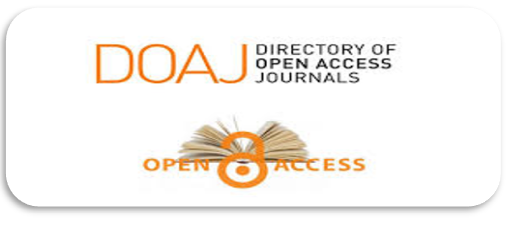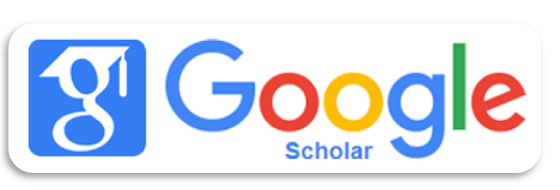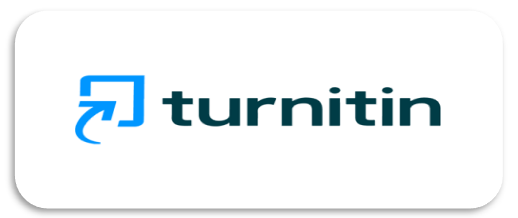Plagiarism Policy
All manuscripts submitted to or published in the Al-Rafidain Journal of Computer Science and Mathematics (RJCSM) undergo rigorous plagiarism screening using iThenticate plagiarism prevention software. Plagiarism is considered a severe violation of publication ethics, alongside other unethical practices such as duplicate publication, data fabrication, data falsification, and improper attribution of authorship contributions. Any instance of plagiarism, fraudulent content, or knowingly inaccurate statements constitutes unethical conduct and is strictly unacceptable. Furthermore, submitting the same manuscript to multiple journals simultaneously is regarded as unethical publishing behavior and is prohibited. However, RJCSM may overlook up to 20% duplication in a manuscript.
Also, if the Artificial Intelligence (AI) score is more than 25% the manuscript is sent back to the author to reduce the Artificial Intelligence score (it must be less than 25%). In addition to the plagiarism and artificial intelligence checker, we check the hidden flag and replace flag. A manuscript is rejected immediately if it contains a hidden flag or a replaced flag.
To ensure the integrity and originality of submissions, RJCSM utilizes CrossCheck, a service that helps editors verify the authenticity of manuscripts. CrossCheck, powered by iThenticate from iParadigms (the creators of Turnitin), is widely recognized in the academic community. A comprehensive list of all journals included in the CrossCheck database is available at www.ithenticate.com.
All new submissions to RJCSM are automatically screened using CrossCheck within the editorial system. Editorial Board Members may also generate similarity reports at any stage of the review process or even after publication. The similarity report provides a percentage indicating the overlap between the submitted manuscript and existing published content. However, figures and equations are currently not subject to similarity checks.
It is important to note that a high similarity score does not necessarily indicate plagiarism. For instance, a 30% similarity score may imply that 30% of the text matches a single source, or that 1% of the text overlaps with 30 different sources. Additionally, properly cited references in the bibliography may contribute to the similarity score. Therefore, expert editorial judgment is essential in interpreting CrossCheck reports to determine whether a manuscript raises any ethical concerns.





